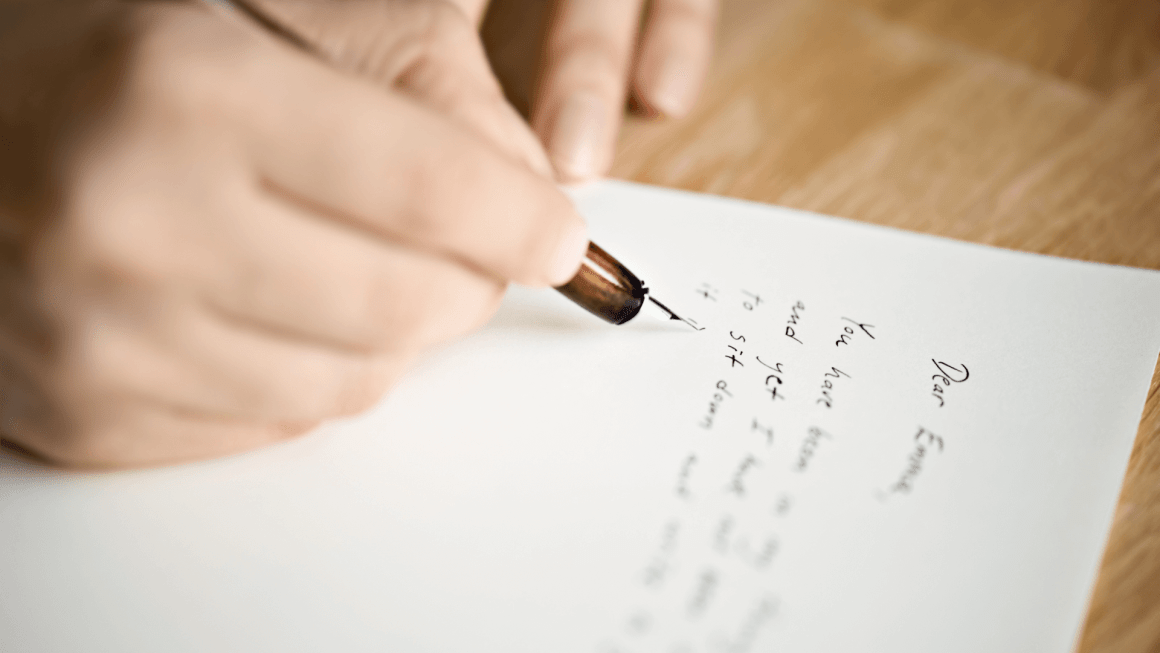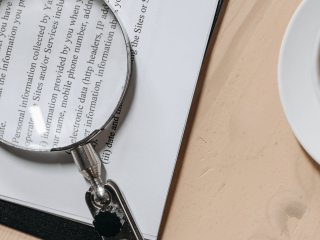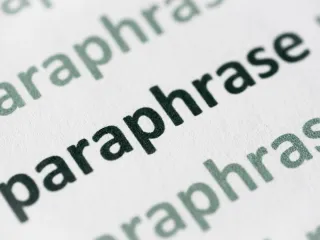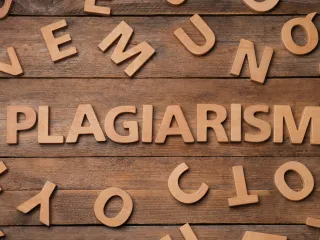How to Cite a Letter: APA, MLA, and Chicago Style
Before the advent of digital technology and instant access to information, personal communication occurred in the context of letters. Often sent over vast distances, these historical documents provide invaluable insight and a wealth of information about past events.
While there are countless instances of personal letters lost to time, those found are often stored in digital archives, granting scholars and researchers a glimpse into the past that is crucial to their work.
As with all sources in academia, proper attribution is required in the form of an entry on the paper’s works cited page, reference list, or bibliography.
Can I Use Letters in Research?
Letters are valuable sources of information in research, but just like any other reference text, it is crucial to provide proper citations, in both your bibliography and in the body of your writing.
How to Cite a Letter
Below, we’ve laid out style guides, examples, and writing tips to help you properly cite a letter in APA, MLA, and Chicago style formats.
Citing a Letter in MLA Style
The Modern Language Association is favored by humanities and cultural studies academics. The MLA handbook is currently in its 9th edition, as of April 2021, and lays out these rules for proper MLA citation of open or personal letters.
MLA Format Template for Open Letters on Your Works Cited Page
Unlike personal letters, open letters are often published in periodicals, such as newspapers or journals. In this case, you should be sure to include the date of publication within your citation. MLA style also requires the letter’s title in quotations, rather than italics or standard script. However, you do not have to include the page numbers of the publication. Refer to the template below:
Last Name, First Name. “Title.” Date of the letter (if unknown, place approximate year followed by a question mark). Name and location of publication or collection. Form of material. Title of the website at which you accessed the letter. Access URL. Date of access.
An example of this template in action would be as follows:
Keynes, JM. “An Open Letter to President Roosevelt.” 1933? The New York Times, New York. Typescript. The New York Times TimesMachine. https://timesmachine.nytimes.com/timesmachine/1933/12/31/100815754.html Accessed 17 February, 2022.
If you’re citing a personal letter that has never been published, you may use the same template, however without reference to the publisher/publication, like as follows:
Last Name, First Name. “Title.” Date of the letter (if unknown, place approximate year followed by a question mark). Form of material. Title of the website at which you accessed the letter. Access URL. Date of access.
MLA In-Text Citation Format
MLA uses the author’s last name in parenthesis for in-text citation at the end of the sentence, as seen here (Last Name).
Citing a Letter in APA Style
Scholars and researchers use the American Psychological Association (APA) style in the social sciences. The current 7th edition sets standards for citing letters in research paper reference pages and in-text citations.
APA Format Template for Letters on Your Reference Page
To cite a personal letter in APA format, keep these rules in mind, depending on whether you accessed the archive digitally or in-person. Note that the description of the letter should include the author’s name, the recipient name, and the year:
Author’s Last Name, Author’s First Name. (Month day, year of letter). [Description of the letter in brackets, sentence case]. Retreived from access URL OR Archive or Collection Name, (Call Number, box number, file number, etc.). Location of Archive.
An example of a Reference Page entry would be as follows:
Chenoweth, Isaac. (January 24, 1864). [Letter from Captain Isaac Chenoweth to Jasper N. Bertram, 1864]. Retrieved from https://digitalcollections.lib.washington.edu/digital/collection/civilwar/id/678/rec/11.
In-Text Citation Template
When you reference the source in the body of your research paper, place the excerpt in quotation marks, then include a short citation at the end of the sentence in which you are writing about it. It should consist of the author’s last name followed by the year the letter was written, like this: (Last Name, year). An example would look like this:
The author states that she had “received [a] kind and affectionate letter a few days ago,” (Chenoweth, 1864).
Citing a Letter in Chicago Style
The Chicago Manual of Style, or CMS, is the standard for historical, literary, and artistic academia. It is currently in its 17th edition.
You may have also heard Chicago style called “Turabian style,” but there is a minor difference between the two. Turabian is designed for students, while Chicago is more common amongst industry professionals. The critical distinction is that Turabian does not require publication information. For both Chicago style and Turabian style, be sure to place commas correctly and to include a middle name abbreviation, if known.
Chicago Style Template for Letters on Your Bibliography Page
The entire Chicago style citation format is as follows:
Author’s last name, first name, middle initial. Document Title in Italics. Structure of the source. Publishing city: company, copyright date. Source, collection name in italics, dates. How you accessed the piece. URL if accessed digitally (date of access).
In practice, a Chicago Style bibliography entry would look like this:
Emanuel, Francis A. A. C. Letter from Prince Albert to Edward, Prince of Wales. Letter. From Royal Collection Trust, Royal Writing Through the Ages, 1297-Modern Day. https://www.rct.uk/collection/themes/Trails/royal-writing-throughout-the-ages (accessed February 16, 2022).
Chicago Style Footnotes Template
Chicago-style citations do not utilize in-line citations. Instead, place a footnote at the bottom of the page where the source is located.
For in-text footnotes, number the reference and shorten the format. If you know the date that the recipient got the letter, include that in parenthesis after the author’s location at the time of writing.
Note
-
- Sender’s First MI. Last to Recipient First MI. Last, location at the time of writing, delivery date (month, day, year).
Here is an example of an actual footnote:
Note
-
- Francis A. A. C Emanuel to Edward, Prince of Wales. Buckingham Palace, London, England. Delivery date unknown.
Using a Citation Generator for Letters
When writing a research paper, letters are an excellent example of a primary source. They provide firsthand accounts of events, with insights and personal opinions of the context of the time that secondary sources can’t offer.
The Library of Congress, New York State Archives, and many universities offer great library web pages to start with when searching for historical personal letter resources. Just be sure to give proper attribution to the collection should you decide to pull references from their database.
Instead of spending hours perusing citation resources like Purdue Owl or the official MLA, APA, and Chicago style guides, try out our Citation Generator tool. It saves you time and ensures that you are using best practices.
Simply enter the components of your citation, and Quetext will automatically format appropriately. It’s simple, reliable, and free!









